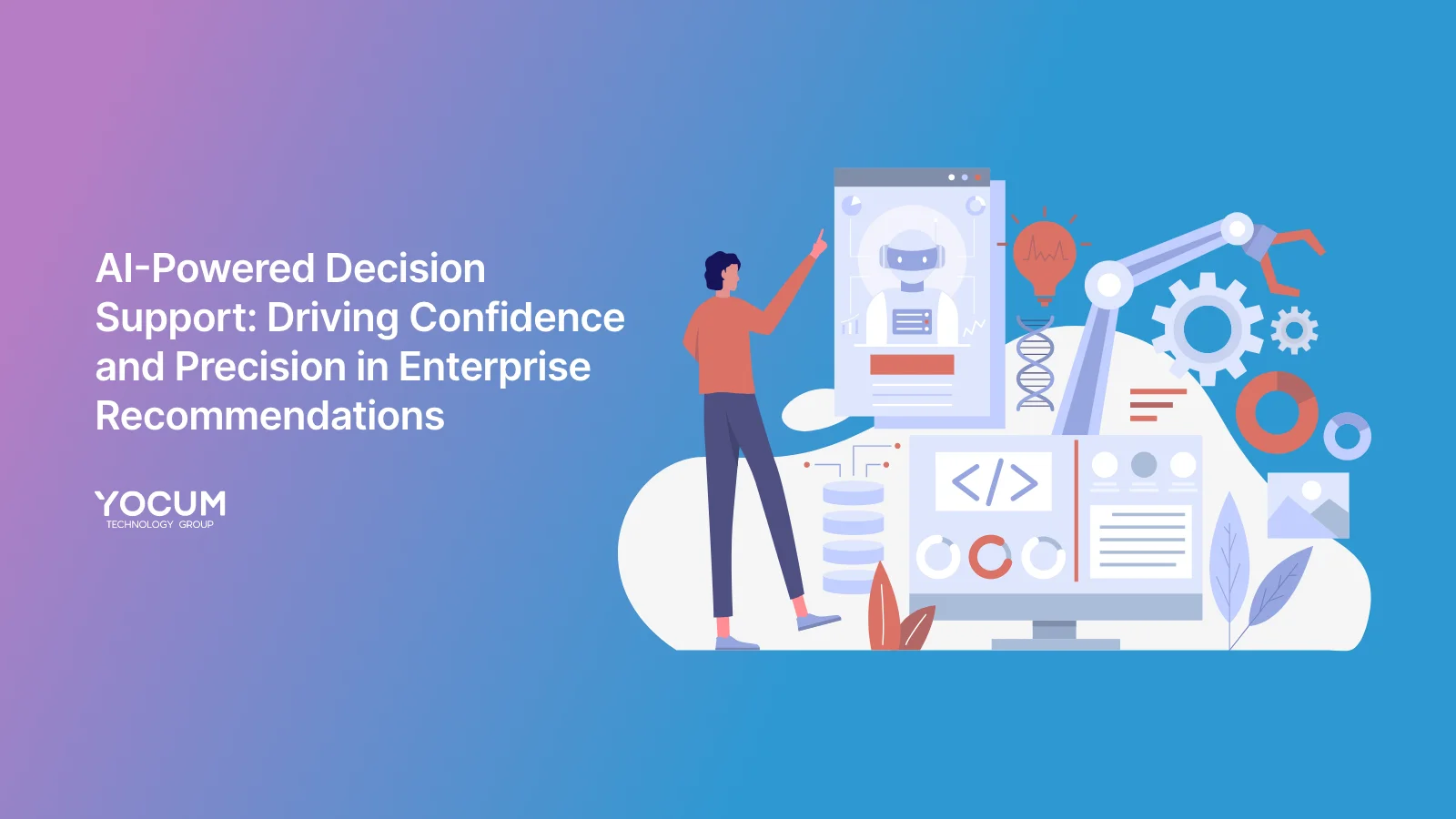Essential PowerApps Security Best Practices: Keeping Your Apps Safe
Key Takeaways
- Implementing security best practices in PowerApps is crucial for protecting sensitive data and ensuring compliance.
- Utilize PowerApps' built-in security features, such as RBAC, DLP policies, encryption, and CDS security.
- Regularly update, monitor, and audit your apps to maintain robust security measures.

Introduction
As businesses increasingly rely on custom applications to drive efficiency and innovation, ensuring the security of these apps is paramount. PowerApps, a robust low-code platform from Microsoft, offers extensive features to help secure your applications. This article explores the importance of security in PowerApps, key security features, and best practices to protect your apps from potential threats.
Importance of Security in PowerApps
The rise of low-code platforms like PowerApps has democratized app development, allowing more users to create and deploy applications quickly. However, this accessibility also raises security concerns. Securing your PowerApps is crucial to protect sensitive data, maintain user trust, and comply with industry regulations. Proper security measures prevent unauthorized access, data breaches, and other cyber threats that could compromise your business operations.

Key Security Features
PowerApps includes several built-in security features designed to help you secure your applications effectively. Understanding and utilizing these features is the first step towards building secure apps.
1. Role-Based Access Control (RBAC)
Role-Based Access Control allows you to define and manage user roles and permissions. This ensures that users only have access to the data and functionalities they need to perform their tasks.
2. Data Loss Prevention (DLP) Policies
DLP policies help prevent the unauthorized sharing of sensitive data. By setting up DLP policies, you can restrict the flow of data between PowerApps and other services, ensuring compliance with data protection regulations.
3. Encryption
PowerApps encrypts data both in transit and at rest. This means that data is protected as it moves between the app and data sources, and when it is stored within the app.
4. Common Data Service (CDS) Security
CDS provides robust data management and security features, including field-level security, auditing, and hierarchical security models. These features help you control access to specific data fields and track changes to critical data.
Best Practices for Securing Your Apps
To maximize the security of your PowerApps, follow these best practices:
1. Implement Least Privilege Access
Ensure that users have the minimum level of access necessary to perform their duties. Regularly review and adjust permissions to align with changing roles and responsibilities.
2. Use Strong Authentication Methods
Enable multi-factor authentication (MFA) to add an extra layer of security. MFA requires users to provide two or more verification factors, reducing the risk of unauthorized access.
3. Regularly Update and Patch
Keep your PowerApps and related services up to date with the latest security patches and updates. Regular updates help protect against newly discovered vulnerabilities.
4. Monitor and Audit Activity
Use PowerApps' auditing and monitoring features to track user activities and detect suspicious behavior. Regular audits can help identify and mitigate potential security risks.
5. Secure Data Connections
Ensure that all data connections are encrypted and authenticated. Use secure connectors and APIs to protect data as it moves between PowerApps and external services.
6. Educate Users on Security Best Practices
Provide training and resources to help users understand the importance of security and how to implement best practices. A well-informed user base is your first line of defense against security threats.
Conclusion
Securing your PowerApps is essential to protect sensitive data, maintain user trust, and ensure compliance with industry standards. By leveraging PowerApps' built-in security features and following best practices, you can build robust and secure applications that meet your business needs. Remember, security is an ongoing process that requires continuous attention and improvement.
Call to Action
Ready to secure your PowerApps and protect your data? Contact Yocum Technology Group for expert advice and support. Sign up for our newsletter to stay updated with the latest security tips and best practices in low-code development.




